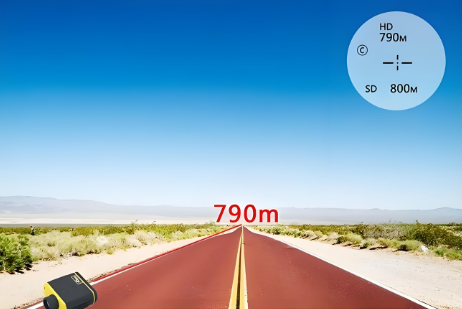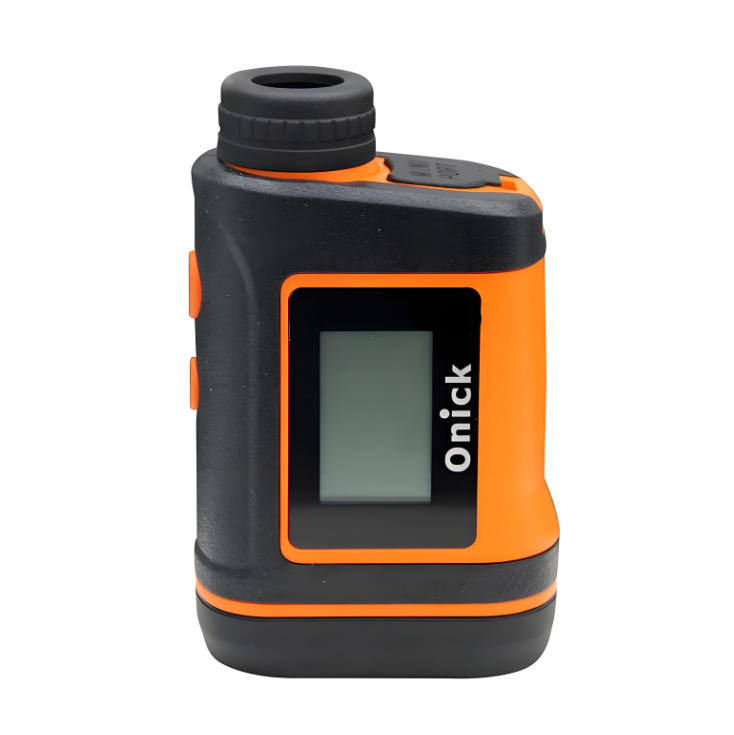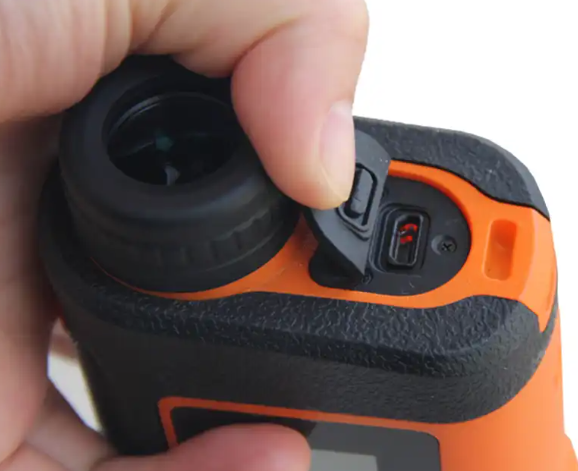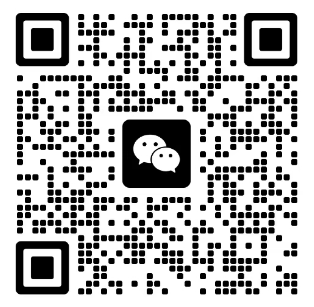Handheld laser rangefinder, an instrument that uses laser technology for precise distance measurement, has been widely used in many fields such as architecture, decoration, surveying and mapping, stage layout, and house acceptance and appraisal due to its light weight, compact size, simple operation, and high-speed and high-precision measurement capabilities. In order to help you use this instrument better, the following will introduce its operation methods and precautions in detail:
Preparation before measurement
Inspect the instrument: Before use, be sure to check whether the handheld laser rangefinder is intact and the battery is sufficient.
Be familiar with the button functions: The button layout and functions of different models of instruments may be different, so you need to read the instructions carefully and be familiar with the operation methods of each button.
Basic measurement operation
Straight-line distance measurement: Turn on the instrument, aim at both ends of the target object, and press the measurement key in sequence. The instrument will automatically calculate and display the straight-line distance between the two points.

Height measurement: If you need to measure the height of an object, you can use the Pythagorean theorem function or the direct measurement function.
Area measurement: For the area of a regular shape, press the corresponding measurement key to measure; for an irregular shape, it can be divided into multiple regular parts and measured separately to calculate the total area.
Use of special functions
Angle measurement: Some handheld laser distance meters have angle measurement function. Please refer to the instrument manual for specific operation.
Some handheld laser distance meters are also equipped with angle measurement function, which can easily measure the angle or tilt angle between objects. The specific operation is as follows: First, press the "Triangle" key, and the right triangle icon will appear on the screen. Refer to the flashing side for the first measurement, and the result will be displayed immediately. Then, keep the instrument horizontal and refer to the flashing side for the second measurement again. The result will also be displayed on the screen. After completing the third measurement, the distance of the fourth side will be displayed on the main line of the screen.
In addition, the handheld laser distance meter also provides convenient data storage and viewing functions. Users can continuously press the "Store" mark key to view the reverse display of the last 20 measurements or calculations. Through the "+/-" key, users can easily flip through the history records for fast data analysis and processing.

Stability is crucial during the measurement process. To ensure accuracy, the instrument should be held with both hands or fixed on a tripod for measurement to avoid shaking and jitter. At the same time, it is also essential to choose a suitable measurement environment. It should be avoided as much as possible under harsh conditions, such as strong light, high temperature or humid environment, to ensure the stability of instrument performance and measurement accuracy.
In addition, safety should be taken into consideration when using the laser rangefinder. Since lasers may cause damage to the eyes, it should be ensured that the laser is not directly aimed at the human eye or other sensitive parts during operation. At the same time, it is also crucial to protect the instrument from collisions and falls.
Detailed answers and solutions are provided for possible problems, such as measurement accuracy, difficulty in aligning the laser point, inability to turn on the instrument, and deviation in measurement results.
Question: How to convert units?
Answer: Handheld laser rangefinders usually have a unit conversion function, and users can easily select different measurement units, such as meters, feet, inches, etc. in the settings menu to meet specific needs.

Question: What is the measurement range of the instrument?
Answer: The measurement range of a handheld laser rangefinder varies from model to model, but generally speaking, its measurement range is around 0.5 meters to 200 meters. Without a target board, some instruments can measure up to 100 meters, and with a target board, the measurement distance can even reach 200 meters.
Question: Can a handheld laser rangefinder be used underwater?
Answer: Most handheld laser rangefinders are not waterproof, so it is not recommended to use them underwater. If you need to measure in a humid environment or underwater, please choose a rangefinder with waterproof function.
Question: How to clean a handheld laser rangefinder?
Answer: It is recommended to gently wipe the instrument's housing and display with a clean soft cloth. Avoid using organic solvents or sharp objects to prevent damage to the instrument.

Question: What is the battery life of the instrument?
Answer: The battery life varies depending on the instrument model. Generally speaking, the battery life of an instrument using AA batteries can support about 10,000 measurements.
Question: Can a handheld laser rangefinder measure the distance of a moving object?
Answer: Handheld laser rangefinders are generally not suitable for measuring the distance of a moving object because their measurement principle is based on the round-trip time of the laser, and the movement of the moving object may cause inaccurate measurement results. If you need to measure the distance of a moving object, please choose a distance meter with special functions.


